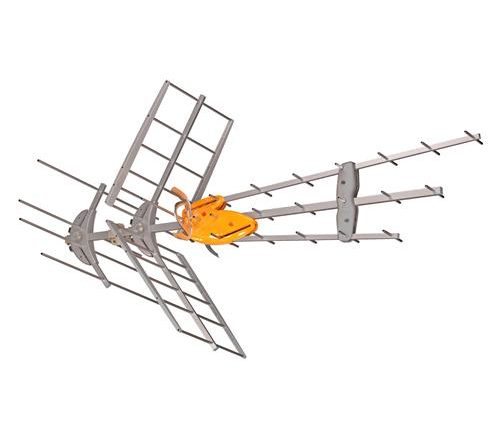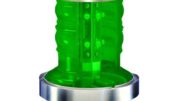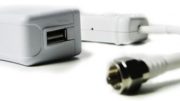Another one of those antenna terms out there, BIII will eventually confound and confuse you, especially if you’re looking at antennas made outside the US. Even the name is confusing because when you look at it, you don’t even know if those three vertical lines are “L’s” or “1’s” or “I’s.” It’s a term most people won’t encounter unless they get an antenna made overseas. But considering that most antennas including our line of Televes antennas are made overseas, you might see that designation on spec sheets.
Here’s what it really means
BIII is the abbreviation for “Band III” (in other words band 3). It’s a designation used internationally for a set of frequencies. Here in the US those frequencies are referred to as VHF-High and correspond to channels 7-13. So if an antenna is designed to pick up BIII it will pick up VHF channels. Put simply, BIII is the same as VHF-High, and VHF-High is the same as channels 7-13.
In some cases the abbreviation “DAB” is also used because in some countries, the frequencies we use for channels 7-13 are used for digital audio broadcasting. So in general any antenna that works for DAB will work with channels 7-13.
What about the other bands?
By the way, there is also a Band I (used here in the US for channels 2-6) Band II (used for FM radio) as well as bands IV, V, and VI which are used here in the US for private broadcasting and cellular communication, as they fall above what we think of as UHF channels.
It’s important to realize that every country has the right to define how radio and TV broadcasting is done in that country. Here in North America, pretty much every country uses the same frequencies and designations, but that’s really not true anywhere else. In places like Europe, there are very few channels compared to what we have in the US. Every country has its own frequency designations. In order to keep the chaos to the minimum, there’s a global agency that works with governments to manage broadcasting.
What the ITU does
Designations like BIII come from the International Telecommunications Union (ITU), which is an organization that tries to help countries manage their TV frequencies. Here in North America, pretty much the same ranges are used from the northern tip of Canada to the southern tip of Mexico, but in Europe, Asia and Africa there are a lot more overlaps so there is more need for an organization like the ITU to step in and define standards. Of course it’s up to the individual countries to adopt or enforce those standards, so occasionally, as they say, “hilarity can ensue” when countries’ TV broadcasts step over one another. It’s rare when it happens though, just because consumers don’t tend to tolerate it.
Looking for a new antenna?
An over-the-air antenna can give you dozens of free channels that work even if you don’t have internet. You buy the antenna once and there is literally nothing more to buy, period. If you’re ready to buy an antenna, shop for an antenna at Solid Signal. If you want more information, call us! We have antenna techs on staff who actually answer the phone! We’re here during East Coast business hours. All you need to do is call us. The number is 888-233-7563. If it’s after hours, fill out the form below! We’ll get right back to you!





